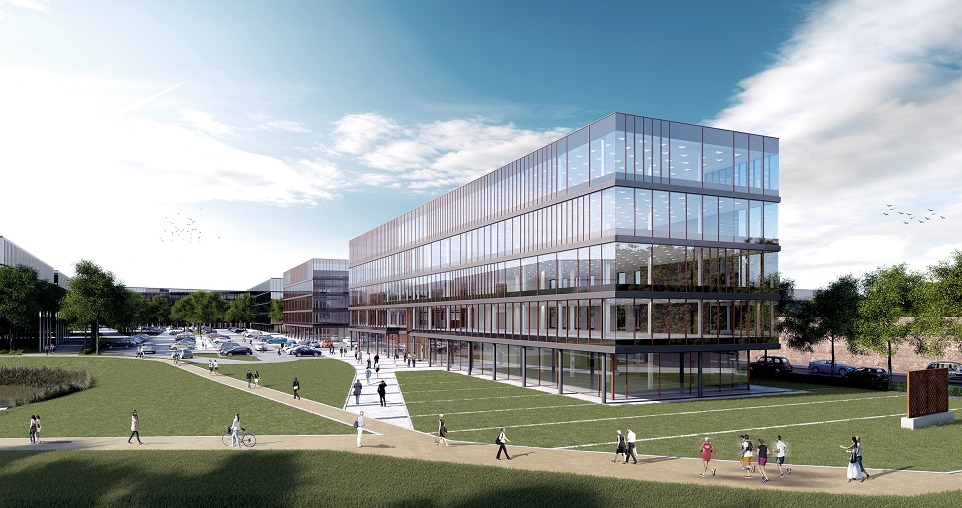Guy Marsden: Workplaces of the future will be shaped by sustainability
Highbridge Properties director Guy Marsden looks at the shifting requirements for workplaces of the future.

The Magenta development
The pandemic has triggered a massive shift in the way we work, resulting in many companies moving from an office-centric culture to considering more flexible ways of working.
The new ‘hybrid’ way of working has become a strong guiding principle for companies across the UK that are balancing a desire to bring people back to the office with greater employee flexibility.
One thing that is becoming crystal clear is that organisations are urgently prioritising how to address climate change when selecting spaces. Now, driven by their own corporate net-zero ambitions, sustainability in the flexible workspace market has moved from a ‘nice-to-have’ to a ‘must-have’.
With the built environment being responsible for up to 40% of global carbon emissions, it’s time to meet this challenge head on as the role of the workplace evolves.
At the heart of the discussion around sustainability, is the real everyday experience of working in a building – how it looks, how it feels and how it is understood as a space to spend time in. Physical workplaces are key in creating a culture of sustainability for businesses, and developers like ourselves are very alert to addressing occupier stakeholder interests by ensuring there is a net zero carbon rationale followed for new buildings.
We are currently working on Magenta Business Park - a 20-acre urban, Grade A office park in Glasgow that we are developing in partnership with Clyde Gateway. We are working with the team on plans to adapt, evolve and improve our environmentally sustainable office environments, design, and facilities management to compliment current environmental considerations and to ensure that they are centred around employee wellbeing.
At Magenta, our design proposals for our buildings will limit the carbon footprint with all construction materials, from extraction to installation, using materials with high levels of recycled content, minimising the amount of material, and sourcing them locally.
At the same time, we are looking to limit the energy demand of the buildings and then provide energy as efficiently as possible. Clyde Gateway’s Green Innovation District (GRID) has one of their centres at Magenta and it will be served by district heating and cooling networks.
Magenta is also featured in the Scottish Government’s Green Investment Portfolio and it is uniquely placed to work with investors and developers to achieve sustainable change building on the project’s existing environmental and social impacts.
But it’s not just about building more sustainably for offices of the future. We are seeing more and more companies introducing comprehensive wellbeing programmes, with research showing that internal environments can play a big part on occupancy health and wellbeing.
One example being the growing interest of the WELL Building Standard™ which looks at concepts around air, water, nourishment, light, fitness, comfort and mind. Some businesses are reviewing the WELL Building Standard™ as a means of demonstrating the quality of their space which potentially, may attract and retain staff and customers.
For Magenta, the WELL Building Standard™ principles will be adopted inside and out. As well as incorporating many of the features into the building designs, Magenta lies beside significant green community assets and therefore encourages the development users to connect with nature. The Glasgow Green allows a scenic route to the city centre in just a 20min walk and the newly created Cuningar Loop nature reserve is a mere 7-minute bike ride away.
High sustainability standards are possible and desirable and our aim for Magenta is to lay the foundations for a green lifestyle, where you can live near to active travel routes, draw your energy from district heating schemes, work in sustainable, flexible workspace and spend your out-of-work hours surrounded by green parkland.
Hopefully we will inspire others to follow our lead and help shape a greener and more sustainable culture of work in the future.

















